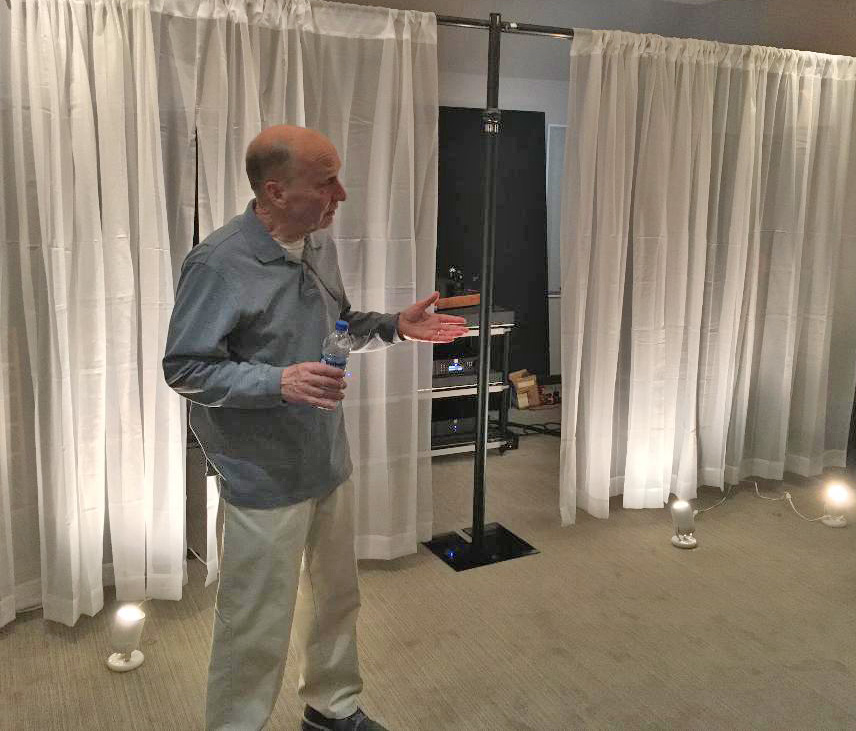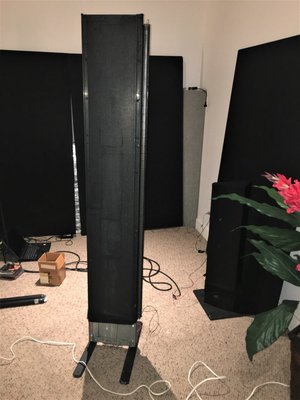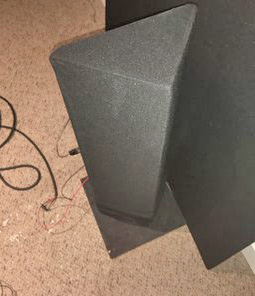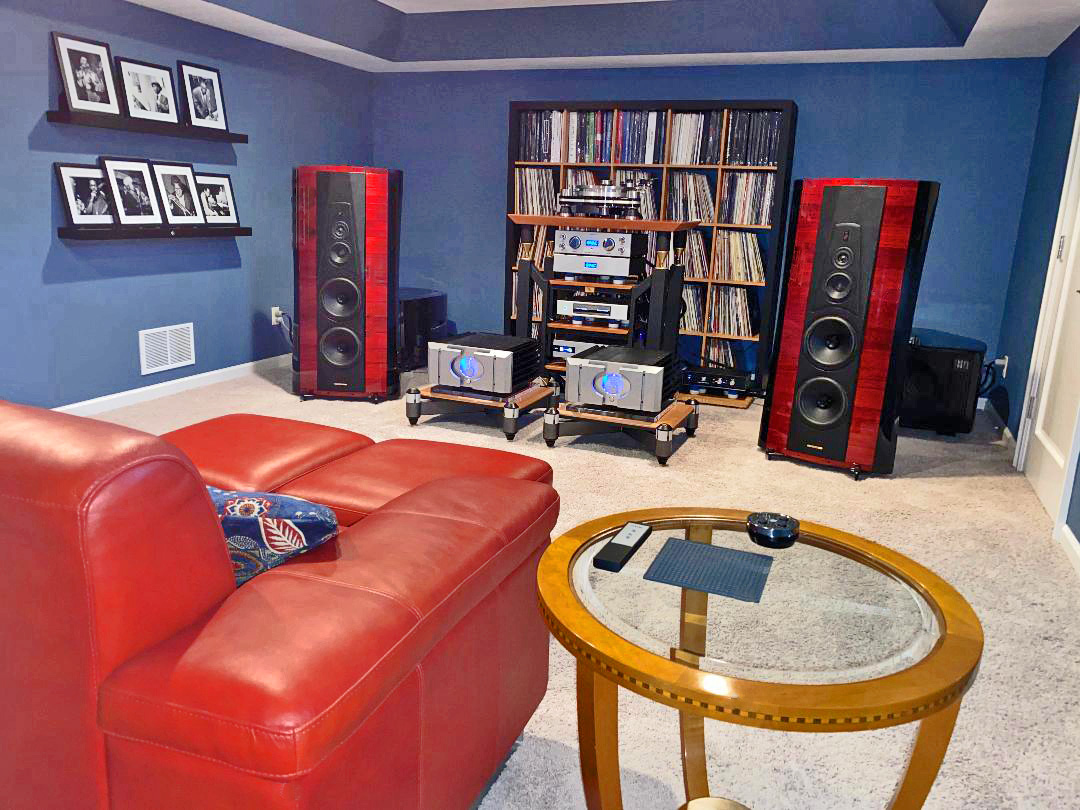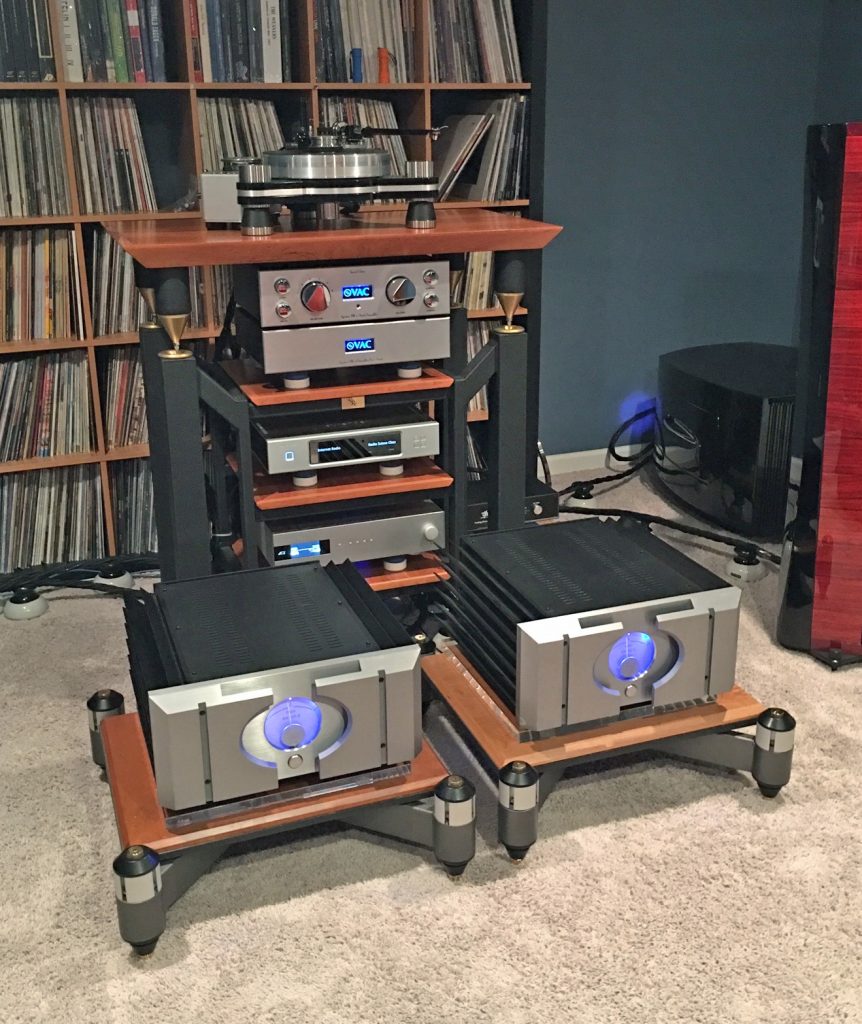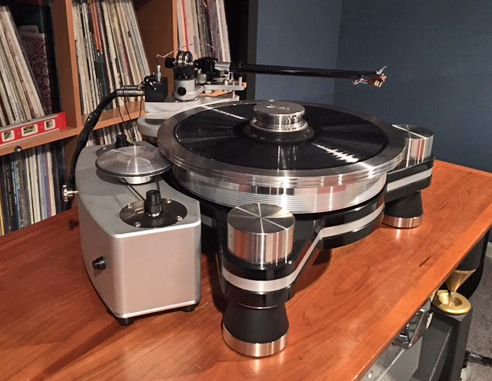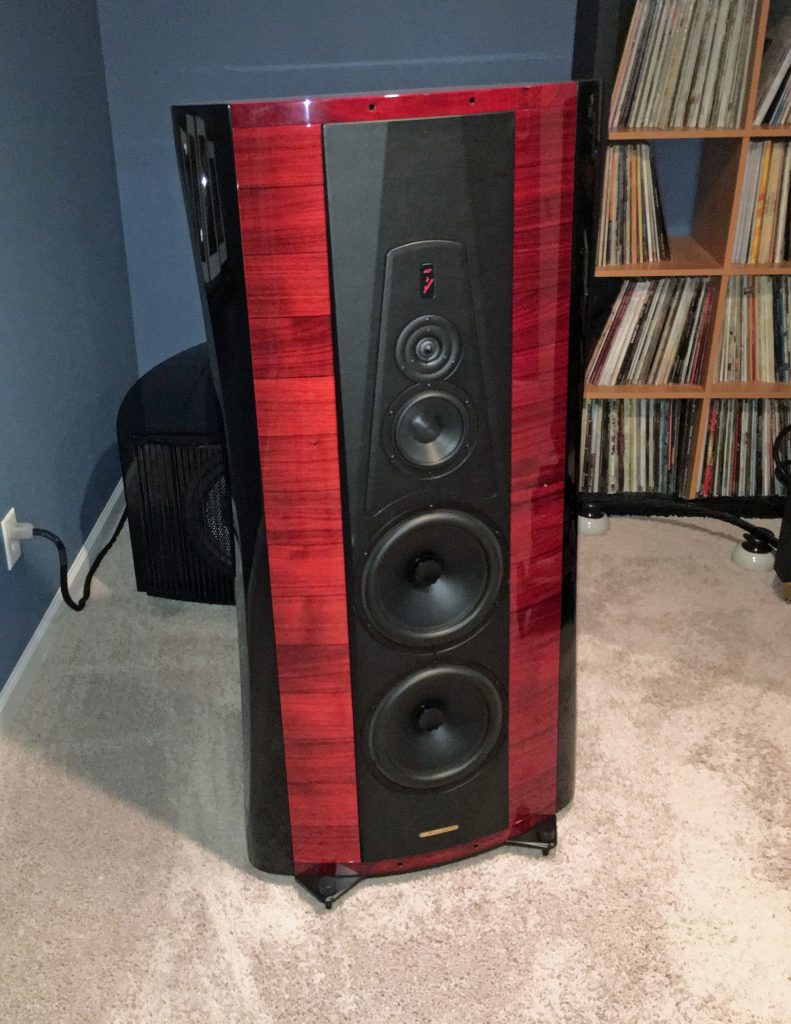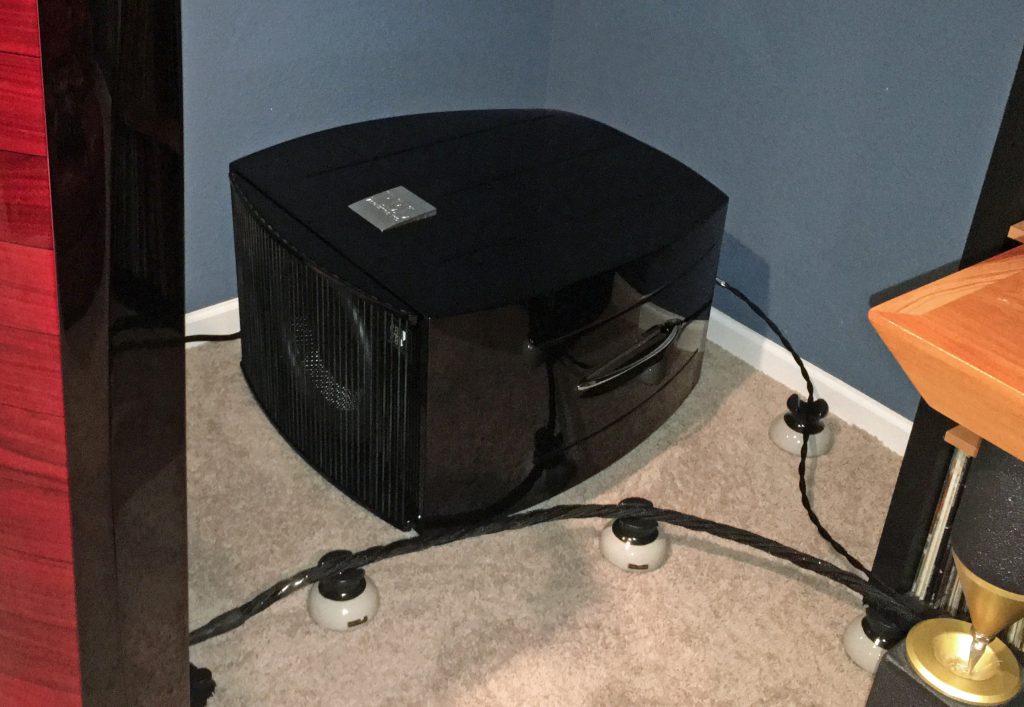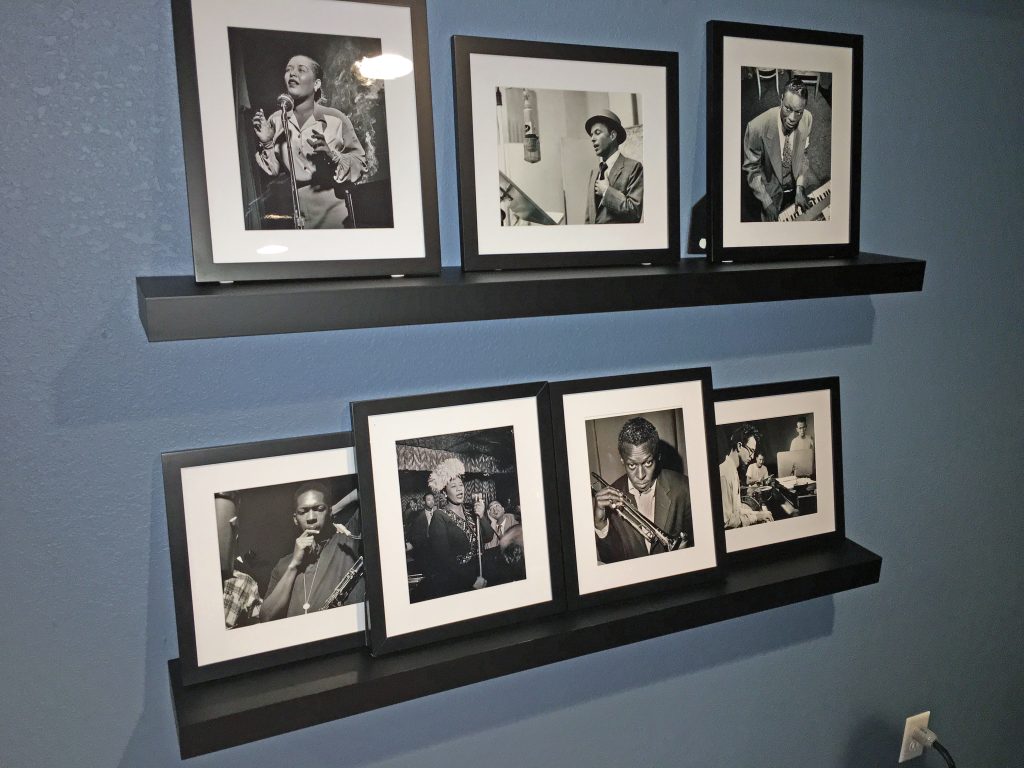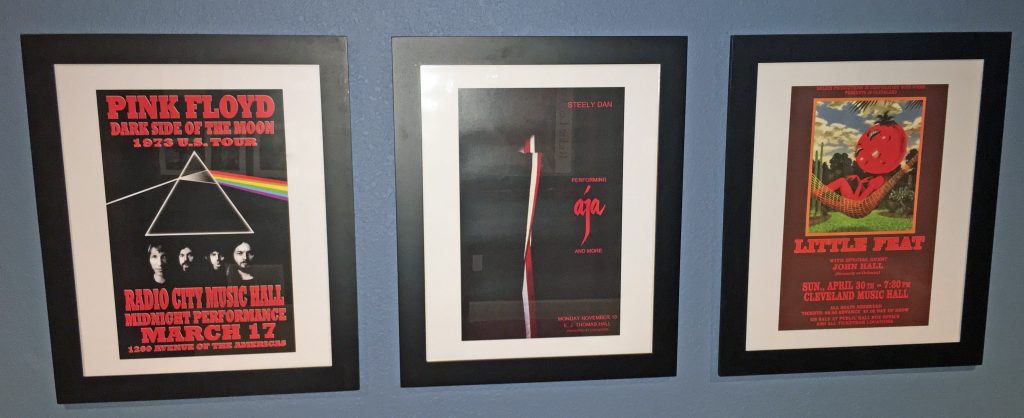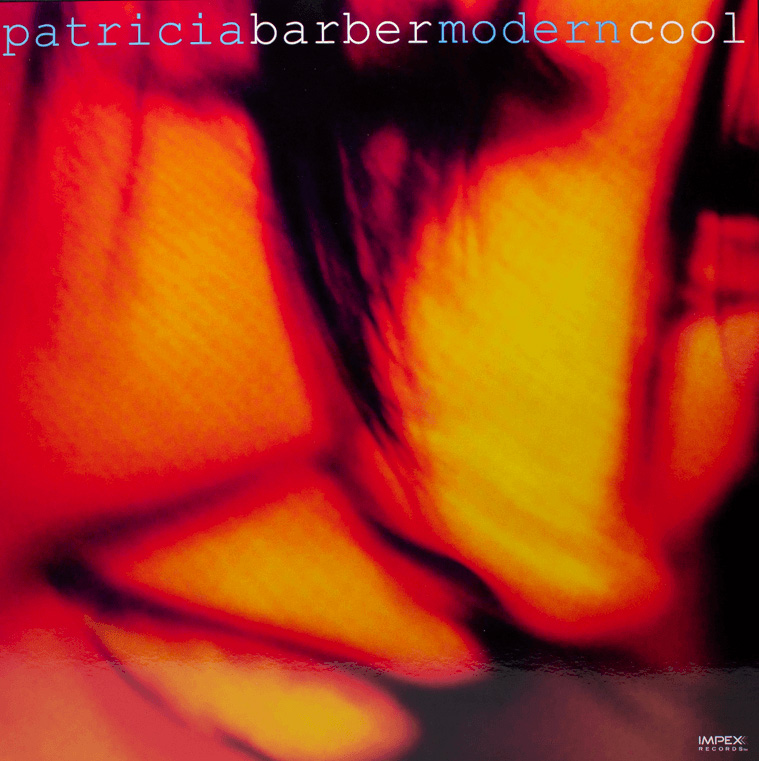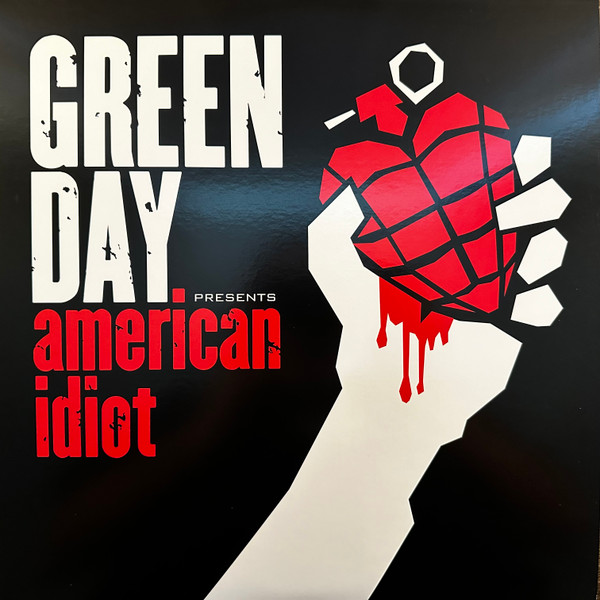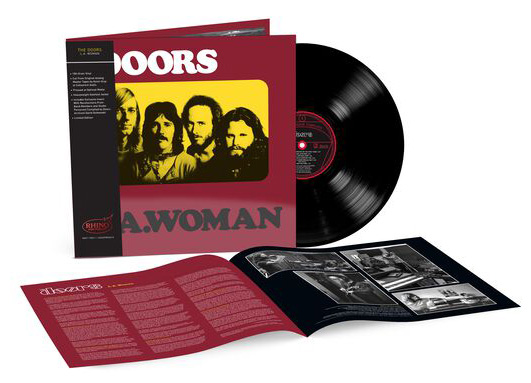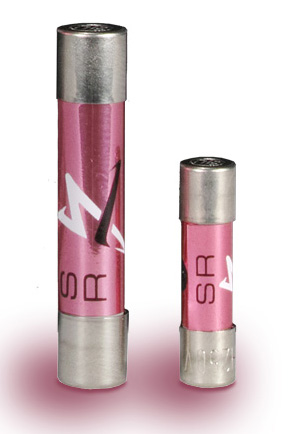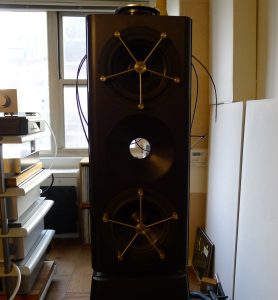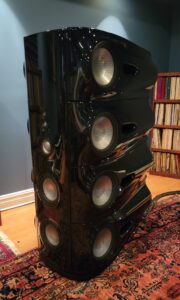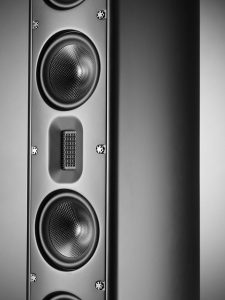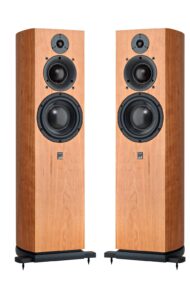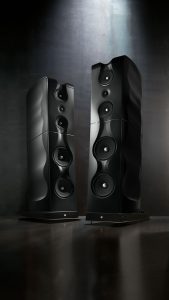Magnepan is on a roll these last several years. First the updated former flagship two panel MG 20.7 ($14,450), then the newly christened flagship four panel MG 30.7 ($29,950), and finally the new and diminutive but overachieving two panel LRS ($650). All of these models have received rave reviews and gained multiple awards throughout the industry.
Now Magnepan is at it again! Wendell Diller, Sales & Marketing Manager at Magnepan, is on an important mission. For the first time in the Industry that I am aware of, he is reaching out to his customer base and the marketplace beyond for feedback to define and evaluate a potential new product and possibly an entire new line of speakers. In effect, he is touring the country and leading various focus groups to evaluate the viability and possible scope of a new speaker design. The project has been designated by Wendell as the "30.7 for Condos."
Requirements
At this early point in the process, his objectives seem fairly simple yet quite intriguing. The following requirements for this new speaker are not his words verbatim. These are my paraphrased statements based on what I heard during the focus group and open discussion. The near term focus and priority were on the first three bullets.
- A smaller footprint and presence acceptable for small to medium sized common living areas rather than just dedicated listening rooms.
- Flagship MG 30.7 like overall sound performance.
- Seamless bass output with very little if no compromise.
- Cosmetics that are appealing to all members of the family.
- Acceptable price points to facilitate the above.
Event
I was invited to one of the first focus group events at Quintessence Audio in Morton Grove, Illinois on Wednesday, December 11. Morton Grove is a northwest suburb of Chicago. Proprietor Mick Survance and his team never fail to impress and were again the consummate hosts. Refreshments and appetizers were served to get everyone in the proper mood and a designated listening room was set aside for the evening.
Without taking a survey, my guess is that there was probably a couple dozen or more participants—both male and female with a skew towards the baby boomers in age rather than the millennials. Most were probably local customers for Quintessence and probably a few were from Wendell's own circle of clientele. Several others had heard about the event by word of mouth and the Internet.
Small groups of a half dozen or slightly more were funneled into the listening room that had both chairs and a standing area about one third in from the rear wall. All equipment was setup behind a semi-transparent curtain about one third into the room from the front wall. Please see the picture above.
The room dimensions were approximately 16' x 22' x 9'. The equipment used to drive the system were the following:
- SimAudio Moon 390 Network Player/DAC/Preamp
- Simaudio 260D CD Transport
- SimAudio 400M Monoblock Amplifier (for the bass units)
- Magnepan Protoptype Amplifier (for the midrange/tweeter panels)
- Kubala-Sosna Emotion Cables
Wendell and his lovely wife Galina introduced themselves and after some opening remarks and a high level review of the requirements above, the adventure began. We listened to a range of music for 20 to 30 minutes. This included some Chinese drum solos, a full Orchestral Symphony, and a female vocalist with a small jazz band.
The focus of discussion was on the bass performance. Folks were encouraged to move around the room and comment on what was heard at different positions. There was also several interesting dialogues on acceptable speaker size, position, aesthetics, and willingness to pay. I don't want to misinterpret what was said so I will not comment on the exchanges, other than to say that most folks were very pleased with what they heard. My personal thoughts are below.
Prototypes
Afterwards, we were allowed to pull back the curtains and take a peak. With Wendell's help, I was able to determine that the speaker system consisted of two prototype dipolar midrange/tweeter panels and two prototype dipolar bass units.
The midrange/tweeter panels were approximately 6 feet tall, 1 foot wide and 2 inches deep from top to bottom. Each consisted of a magnetic dipole ribbon tweeter and a magnetic dipole quasi-ribbon midrange. This is not much different than the design and technologies used in the current Magnepan lineup.
The intent was that the midrange/tweeter panel will need to be visible and placed somewhere in the room but should be fairly non-obtrusive. Positioning will have some flexibility to determine sound stage and phase alignment with the bass unit.
The bass unit was about 3 feet tall and about 1 foot wide. The cabinet or structure consisted of a V shaped open baffle with 8 total drivers—4 vertically mounted dynamic cone woofers on each side of the V. These woofers were approximately 6.5 inches in diameter. Though there has been several dynamic cone dipolar designs attempted before, Wendell commented that this was a unique design that utilizes DSP and would eventually be patented. Yes, I said DSP!
Though Wendell used the term "dipolar" for the bass units, I was told that the key design elements were the dual array and open baffle mounting along with the use of DSP. With this in mind, he also used the term "dual-dipolar" for the entire system to reinforce that this is a unique overall configuration and yet it still has the ability to be competitive with an all magnetic dipolar design.
Per Wendell, it was fundamental if not critical to this multi-unit design that the bass performance was up to the standards of the 30.7. For my ears, this means that the transition from lower bass to mid bass and midrange will have to be fairly seamless.
Though current subwoofer designs with dynamic drivers and sealed or ported cabinets seem somewhat acceptable, for many they still cannot provide the seamless performance of a dedicated magnetic dipole bass panel—thus the need for something new and innovative.
An additional design goal for the bass unit is that it should have the flexibility to be easily positioned if not hidden from view in a small to medium sized common living area. And like the midrange/tweeter panel, it must also have the ability to provide for a proper sound stage and phase alignment.
My Thoughts
Bottom line. I found that the sound was just fantastic. If a full range seamless bass response was a key, I feel like that objective was addressed quite nicely. There was a notable amount of weight and slam in the lower frequencies throughout the music that was sampled. My guess is that there was enough bottom end grunt and wallop to satisfy even the most discerning audiophiles.
It was difficult if not impossible to determine where the bass units were positioned. Once the curtains were pulled back, I was amazed at the smaller size and somewhat random location of both the midrange/tweeter panels and the bass units. As an aside, mids and highs were glorious like most Magnepans. Female vocals, tenor saxophone, and piano were especially coherent and tangible.
It has been a few years, but I actually had the earlier generation flagship MG 20.1 speakers in my home for a month or two. From what I remember, like most Magnepans, the midrange and tweeter performance were world class—possibly some of the best that I ever heard in my listening room. Bass was extremely fast, tight, and articulate. Maybe not the last word in slam and weight, but still very impressive and engaging.
The 30.7 Condo configuration was slightly different, but similarly impressive and engaging. Possibly not as detailed and tight in the low end compared to what I remember with the MG 20.1, but there was even more heft and blunt power. This might just be due to positioning or a different listening room. Maybe just a bad memory. Even so, I had to wonder if the bass unit could be relocated or dialed in via DSP. Some might even prefer these results over what I remember with the MG 20.1.
I must also note that the bass units were located behind a wine rack on the left side of the room and behind some other furniture on the right side. There was no particular symmetry or logic that I could tell. This was a good sign that proper integration was working well despite the positioning of all four units.
My wife was with me and participated in the focus group too. Her comments duplicated much of what I said above. She was particularity wowed by the female vocals and the ability to move around the room without much loss in bass sound and quality—except near the rear wall which was expected.
She had some feedback about aesthetics. It was clear that case and cabinet design were not critical at this point in the process, but the size of the midrange/tweeter panels at six feet were still too tall in her opinion. Something closer to the footprint and height of the LRS (4 feet) would be more acceptable to her eye for most common living and family rooms.
We know that in the ideal world, Magnepan would prefer a dipole panel from floor to ceiling for best sound if possible, so its not clear how much shorter they could go and still get that flagship sound. Again, Wendell was looking for feedback, so we shall see.
Caveat Emptor
Just a reminder that this was all part of an information gathering process. The Magnepan components that were used were all prototypes. The discussion concerning aesthetics and willingness to pay will evolve as the process continues. There has been no commitment by Magnepan to manufacture this speaker system or any of the associated products.
Moving Forward
Its not clear yet what Magnepan will do next. I think that it is a good thing for a brand to seek feedback from as many sources as possible before introducing a new product to the market. It just makes good business sense. Some may push back on the whole concept of combining a magnetic dipole and dynamic cone dipole design in one system. There is a definite loyalty and commitment out there for the sound and execution of traditional all magnetic dipole solutions from Magnepan. On the other hand, there is nothing wrong with some out of the box thinking and new ideas for a company trying to grow their sales and reach new markets and opportunities. After all, it seems that Magnepan has been hearing feedback and requests for smaller footprints with flagship like performance for many years. I am excited by what I heard and I hope this effort continues to evolve as I think Magnepan is offering something very special here.




